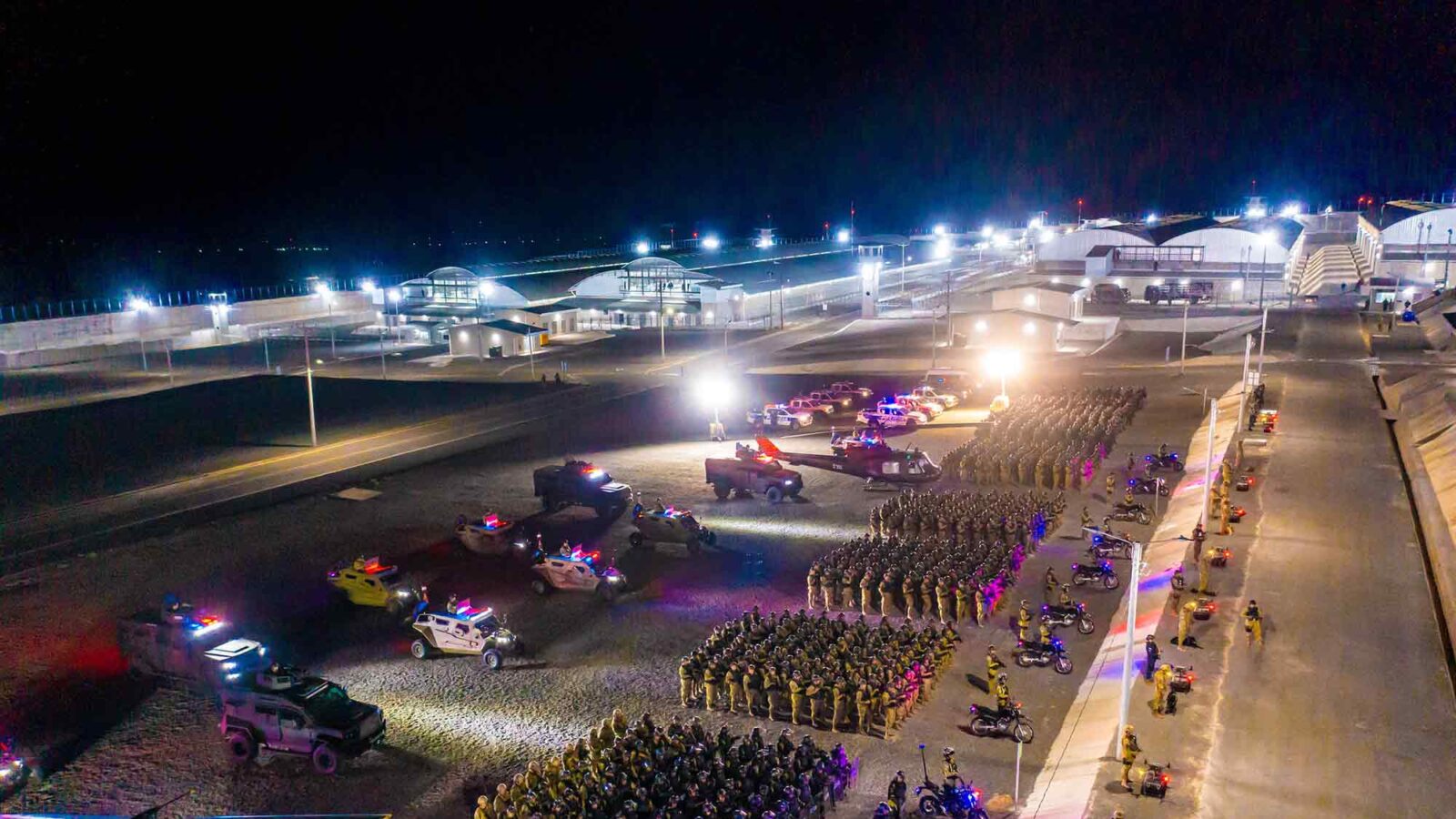Three months ago, we ventured into the complex saga surrounding Abrego Garcia, a figure ensnared in legal and political turmoil. The U.S. government’s reluctance to bring him back from El Salvador was starkly evident. Officials understood that once he stepped out of prison, he could finally speak freely with his lawyers and family, who would undoubtedly relay his experiences to the media. This raised alarms within the Trump administration, which had been making aggressive claims about Garcia’s supposed threats without adequate evidence.
Garcia’s return posed more than just a legal conundrum; it also threatened to unravel the narrative that the Trump administration had constructed around immigrant criminals. The administration’s characterization of Garcia as a “terrorist” and “gang leader” lacked substantiation, and his experiences in El Salvador could provide a narrative contradicting those claims. He was not merely a solitary case; many deportees faced similar injustices, fueling the fear that the administration was sending back countless individuals who had every reason to fear for their lives.
Adding to the tension, the Supreme Court had made a ruling mandating the facilitation of Garcia’s return. Yet, the administration seemed to disregard this directive entirely. Their dismissal of such a critical legal outcome highlighted the deep-rooted issues within U.S. immigration policies, particularly under Trump’s paradigm, where ideology often trumped legal obligations.
The narrative took a sharper turn when Garcia was recently indicted on human smuggling charges, leading to his expedited return to the U.S. While it may seem counterintuitive, the administration’s decision was likely driven by Trump’s desire to validate his stance and portray Garcia as a criminal before the American public. By framing him as part of a larger issue, officials attempted to solidify their hardline image on immigration, despite the lack of concrete evidence to support their views.
Nevertheless, the seriousness of the charges against him—as compared to the more sensationalist claims—showed a disconnect between the administration’s rhetoric and the actual allegations. The maximum penalty for “conspiracy to transport aliens” didn’t align with the more alarming labels being tossed around by officials, painting a picture of desperation to justify their actions.
Garcia’s return opened a gateway for him to share harrowing details of his imprisonment in El Salvador. His legal team has alleged that he faced inhumane treatment, evident from recent court filings. In a particularly striking account, they indicated that Garcia and numerous other detainees were subjected to torturous conditions—forced to kneel for long, grueling hours, deprived of basic hygiene, and confined in overcrowded cells without proper facilities.
The descriptions of his treatment paint a grim picture: detainees forced into degrading positions, enduring physical violence, and experiencing significant weight loss due to malnutrition and stress. These allegations are not mere assertions; they provide a window into the reality of the conditions many deportees face. Garcia’s insights hold the potential to not only challenge the narrative surrounding his criminality but also shed light on the broader human rights abuses occurring in El Salvador’s prison system.
Further complicating matters, it appears the Salvadoran authorities took measures to obscure the conditions within the prison, indicating a systematic attempt to cover up violations of human rights. Reports of officials hiding Garcia from visitors during his transfer to different facilities added another layer of controversy to this already complex scenario.
In retrospect, the administration’s actions seem to exacerbate an already tangled web of challenges regarding immigration and human rights. Had they opted for a more straightforward approach to Garcia’s case, prioritizing legal obligations over PR battles, a smoother resolution might have been feasible. Instead, what has unfolded is a robust critique of how the Trump administration has approached immigration—balancing between a hardline stance and the fundamental rights of individuals entangled in the system.
Ultimately, the saga of Abrego Garcia serves as a profound illustration of the intersecting issues of immigration policy, human rights, and political narratives. As we delve deeper into this issue, the stories of individuals like Garcia hold greater significance than mere headlines; they bring forth essential discussions about dignity, justice, and the real implications of governmental policies on human lives.


